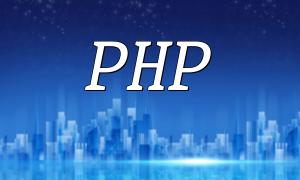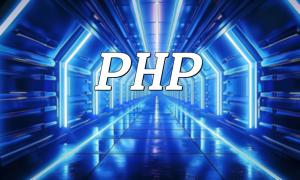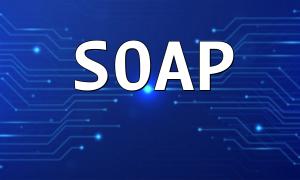As container technology becomes mainstream, Docker has become an essential tool in modern software development. For PHP developers, Docker not only eliminates the 'it works on my machine' issue but also improves deployment efficiency and ensures consistent environments.
Using Docker to run PHP applications offers several key benefits:
Environment Consistency: Ensures uniform environments across development, testing, and production.
Fast Deployment: Build once and run anywhere across different platforms.
Easy Maintenance: Container isolation simplifies updates and rollbacks.
A Dockerfile defines the runtime environment for your container. Below is a basic example for PHP projects:
FROM php:8.0-apache
# Copy PHP source code into the container
COPY src/ /var/www/html/
# Enable Apache mod_rewrite module
RUN a2enmod rewriteThis Dockerfile uses the official PHP 8.0 with Apache image, copies the source code into the web root inside the container, and enables the URL rewrite module—commonly used in many PHP frameworks.
After creating the Dockerfile, use the following commands to build the image and run the container:
# Build the image
docker build -t my-php-app .
# Run the container
docker run -d -p 80:80 my-php-appThis builds an image named my-php-app and starts a container in the background, mapping port 80 of the container to the host.
For projects that require multiple services (like a database), Docker Compose is an excellent tool. Here is a typical PHP + MySQL Compose setup:
version: '3.8'
services:
web:
image: php:8.0-apache
volumes:
- ./src:/var/www/html/
ports:
- "80:80"
db:
image: mysql:5.7
environment:
MYSQL_ROOT_PASSWORD: root
MYSQL_DATABASE: my_dbThis configuration defines two services:
web: PHP application container, mapping the local code directory and exposing port 80.
db: MySQL service, setting the root password and default database.
Using the docker-compose up command, you can launch all services in one step, greatly improving development efficiency.
Containerizing PHP applications is a powerful way to build portable and maintainable systems. By writing a proper Dockerfile and utilizing Docker Compose, you can easily set up consistent development and production environments.
Mastering these Docker + PHP techniques will bring greater flexibility and convenience to your development workflow.









